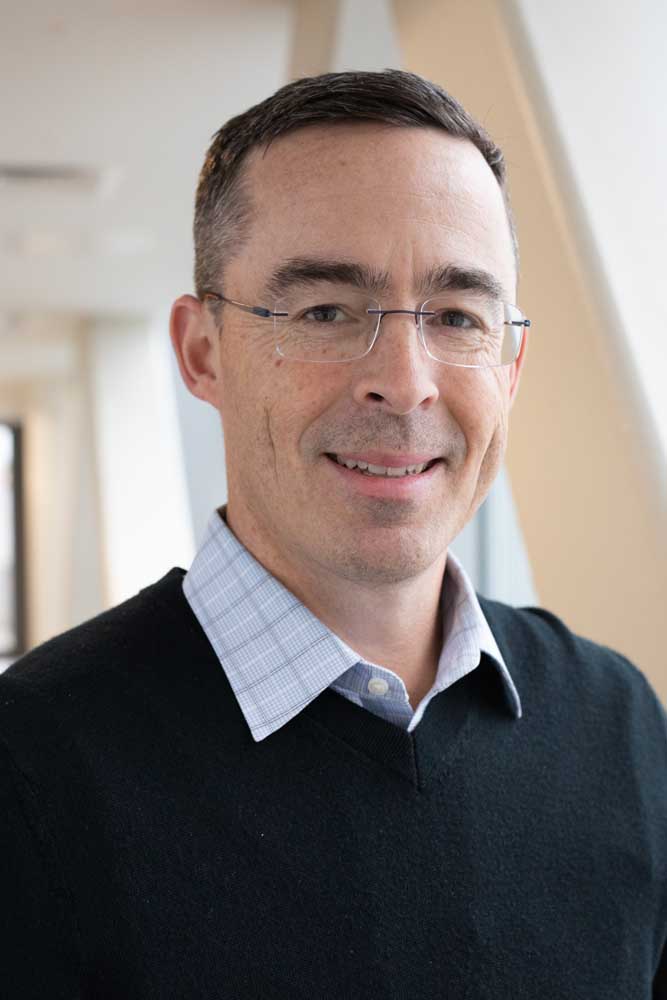Guest Column: The High Desert Museum is a Bend and national treasure
Published 9:15 pm Wednesday, July 28, 2021

- Newton
Dr. James Bradburne, the director of Pinacoteca di Brera in Milan, has stated that the value of a museum should be measured by what it does, rather than what it possesses; he has also stated that museums are best understood as “everyone’s big house,” providing a place for people to contextualize the human experience through civic dialogue and conviviality.
The High Desert Museum is our big house. Earlier this year, the Institute of Museum and Library Services named the High Desert Museum as one of six winners of its national medal—the nation’s highest honor for libraries and museums that have made significant contributions to their communities. This is a proud achievement and richly deserved.
The museum’s late founder, Don Kerr, was known for his unbounded enthusiasm for all that is the High Desert of the American West. The museum still reflects Kerr’s wonderment and carries his original vision to wildly excite and responsibly teach others about this unique and transformative landscape. The museum has an enduring commitment to the exploration of the historical and contemporary issues of the High Desert, endeavoring to provide insight and understanding for visitors of all ages.
The museum focuses on being accessible to all and on strengthening its relationships with the Indigenous peoples of the High Desert. It has forged a collaborative relationship with the Museum At Warm Springs, which has allowed the two institutions to cooperate in areas of mutual interest.
Another example of the Museum’s importance to our community can be found in its pandemic response of creating a place-based virtual learning opportunities for students, teachers and families. The museum has hosted the Doc and Connie Hatfield Sustainable Resource Lecture since 2012, which is a well-recognized forum for discourse about holistic ranching in the High Desert.
The museum is now the largest cultural institution east of the Cascades in Oregon. It annually receives 200,000 visitors, including over 31,000 children. The museum has an estimated annual economic impact of $21 million. Its sound financial management has led to independent recognition by industry rating entities, balanced budgets for more than a decade and a growing endowment.
The museum has spent nearly four decades serving its community. When it opened, Bend had a population of fewer than 20,000. Bend’s population now exceeds 100,000, and, of course, the rest of Central Oregon has experienced similar growth.
The museum is currently developing plans to meet the needs of our increasing population. It is planning to renovate some of its flagship exhibits and to create new spaces in order to continue to fulfill its mission and better serve the community. In short, the museum is working to make its “big house” even bigger so that it can continue to be a “crucible and producer of culture,” in the words of Dr. Bradburne.
The museum has always been fortunate to receive broad community support. It has worked hard to return that support by building and maintaining an institution that provides enduring value, which is now nationally recognized. I believe that Kerr would be very proud not just of the museum but of the special community that allowed the museum to flourish through its continued support.
Do you have a point you’d like to make or an issue you feel strongly about? Submit a letter to the editor or a guest column.






